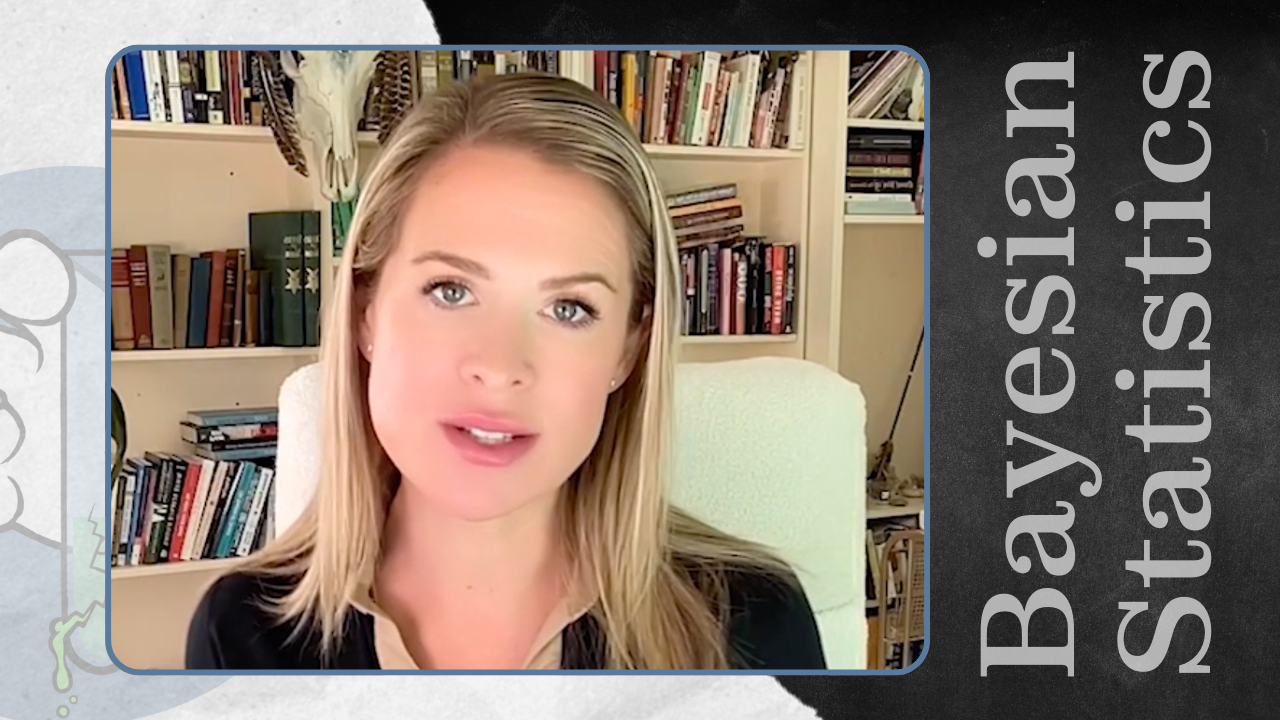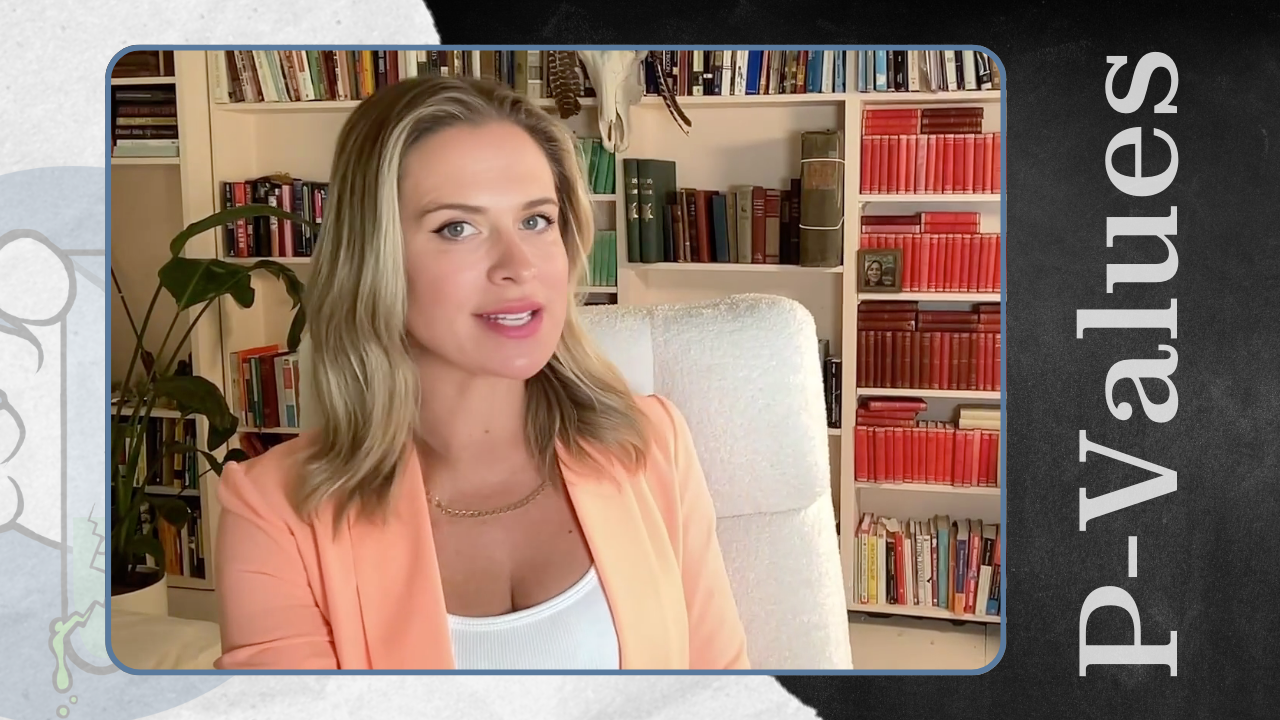Category: Health and Medicine
Category: Health and Medicine
Co-founder and CEO of The Broken Science Initiative, Emily Kaplan, went onto the B FIT Podcast with Connor Murphy discussing the fundamentals of BSI.
By Emily KaplanBreaking down composite endpoints to their component parts.
Februaury 15, 2024 Article by Elisabeth Bik. “A review article with some obviously fake and non-scientific illustrations created by Artificial Intelligence (AI) was the talk on X […]
In this video Emily explains the difference between a Bayesian approach and a frequentist approach to analyzing statistics. A Bayesian analysis looks at prior probabilities combined with data to determine the probability that the hypothesis is true. A frequentist analysis compares the hypothesis to the null-hypothesis, a yes/no approach, to determine if the data could support the null-hypothesis. It then ranks the data with a P-value, but it actually says nothing about the hypothesis being true.
By Emily KaplanData falsification claims against Harvard researchers have now expanded to Khalid Shah, a neuroscientist at Harvard Medical school. The claims include 44 instances of fraud spanning from 2001 to 2023.
Explaining how a clinical trial can report success – when there is none.
In February of 2023 Dr. Kendrick spoke at BSI’s event in Phoenix, AZ. Malcom’s presentation recaps the history of the diet-heart hypothesis, the supposed link between cholesterol and cardiovascular death, and how drug companies have fooled doctors into prescribing medications that are harming patients rather than helping them.
Four senior researchers at Harvard's Dana-Farber Cancer Institute have been accused of forging data through “duplications of blots, bands, and plots within images.”
Simply put, a p-value is a measure of the likelihood that the results of a study are due to the hypothesis, and not simply a result of chance. It compares the “null hypothesis,” the idea that the thing being studied has no effect, vs the “alternative hypothesis,” the thing being tested. So if the p-value is low, the data is thought to be significant. However, the p-value does not validate the effectiveness of the thing being studied, it simply claims to shows that the results were not due to chance.
Frighteningly, scientists, researchers, and medical professionals misinterpret the meaning of p-values but place extreme faith in them.
By Emily Kaplan








